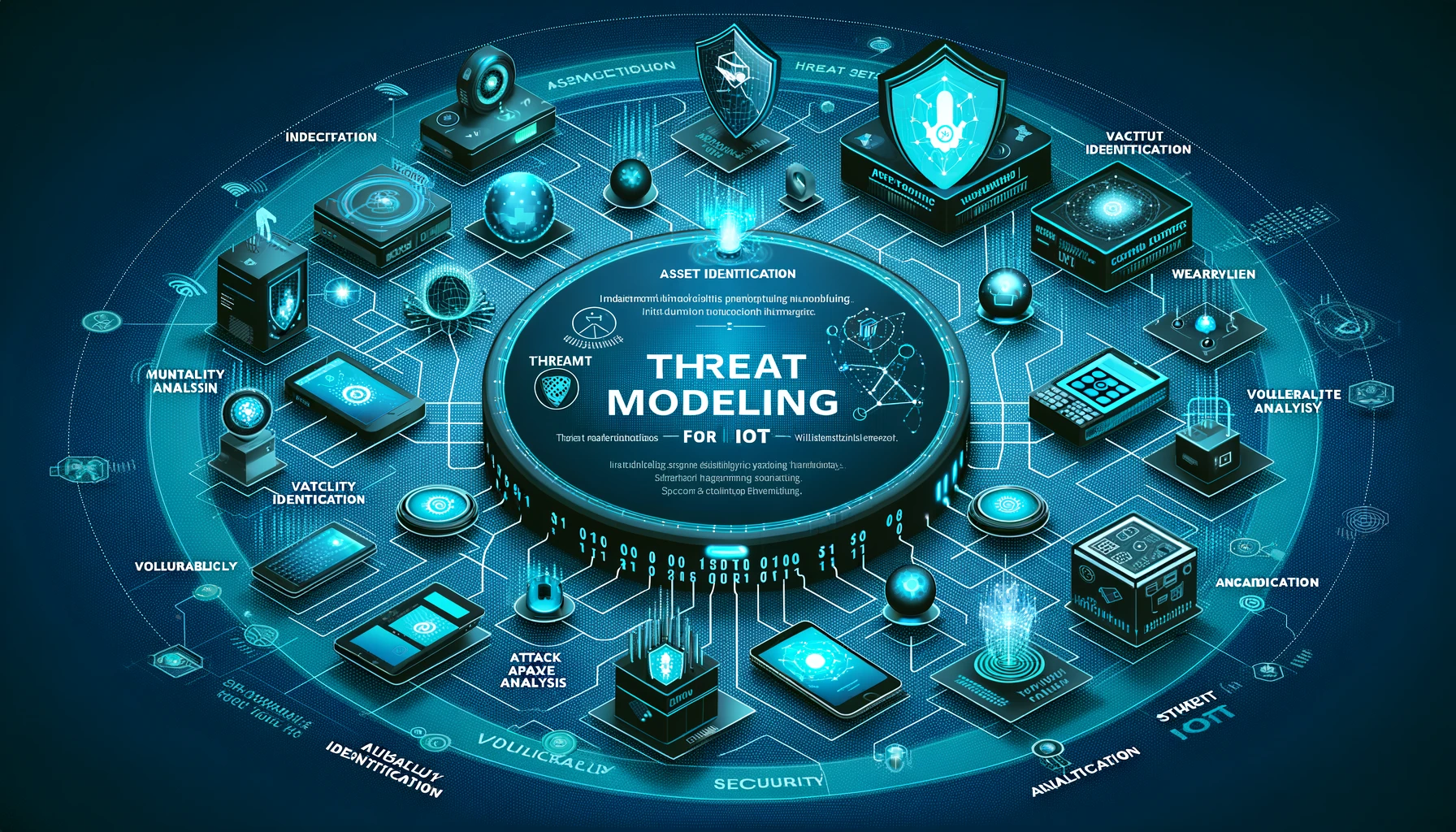
Understanding Threat Modeling for IoT Devices
As the Internet of Things (IoT) continues to expand, the need for robust cybersecurity measures becomes increasingly crucial. Threat modeling is a proactive approach to identifying potential security vulnerabilities and mitigating risks in IoT devices. By understanding the potential threats and attack vectors, organizations can better protect their devices and data.
Key Components of Threat Modeling
Threat modeling involves several key components that help in assessing the security posture of IoT devices:
- Asset Identification: Identify the critical assets within the IoT ecosystem, including devices, data, and communication channels.
- Threat Identification: Identify potential threats and vulnerabilities that could compromise the security of IoT devices.
- Vulnerability Analysis: Analyze the vulnerabilities and weaknesses in the design, implementation, and deployment of IoT devices.
- Attack Surface Analysis: Assess the attack surface of IoT devices to understand how attackers could exploit vulnerabilities.
Benefits of Threat Modeling
Threat modeling offers several benefits for organizations looking to secure their IoT devices:
- Proactive Security: By identifying potential threats early in the development lifecycle, organizations can proactively address security issues before they are exploited.
- Risk Mitigation: Threat modeling helps in prioritizing security measures and allocating resources to mitigate the most critical risks.
- Compliance: Many regulatory frameworks require organizations to perform threat modeling as part of their cybersecurity practices.
Best Practices for Threat Modeling IoT Device
When conducting threat modeling for IoT device, organizations should follow these best practices:
- Involve Stakeholders: Collaborate with stakeholders from different departments to ensure a comprehensive understanding of the IoT ecosystem.
- Use Threat Modeling Tools: Utilize specialized threat modeling tools to streamline the process and identify potential risks more effectively.
- Regular Updates: Continuously update threat models to reflect changes in the IoT landscape and emerging threats.
Conclusion
Threat modeling is a critical component of cybersecurity for IoT devices, helping organizations identify and mitigate potential risks. By incorporating threat modeling into their security practices, organizations can enhance the resilience of their IoT ecosystem and protect against evolving cyber threats.
Stay Connected with Secure Debug
Need expert advice or support from Secure Debug’s cybersecurity consulting and services? We’re here to help. For inquiries, assistance, or to learn more about our offerings, please visit our Contact Us page. Your security is our priority.
Join our professional network on LinkedIn to stay updated with the latest news, insights, and updates from Secure Debug. Follow us here







